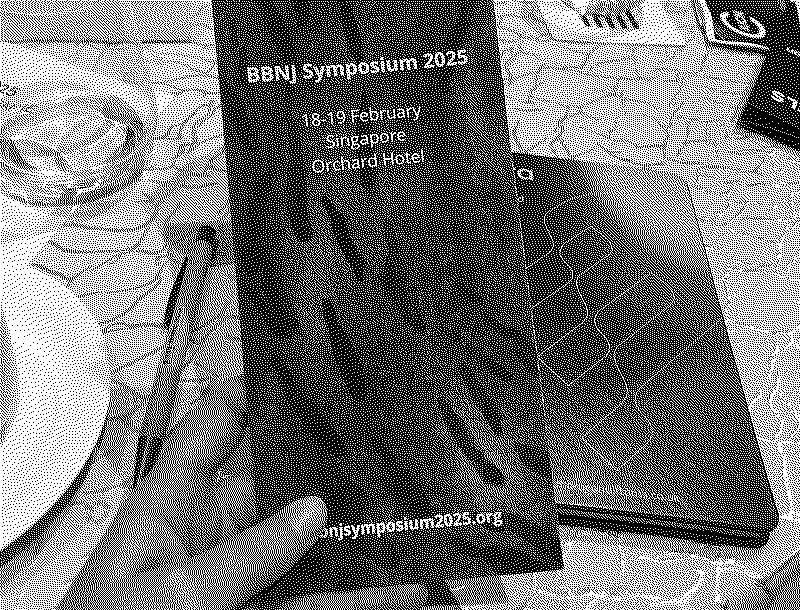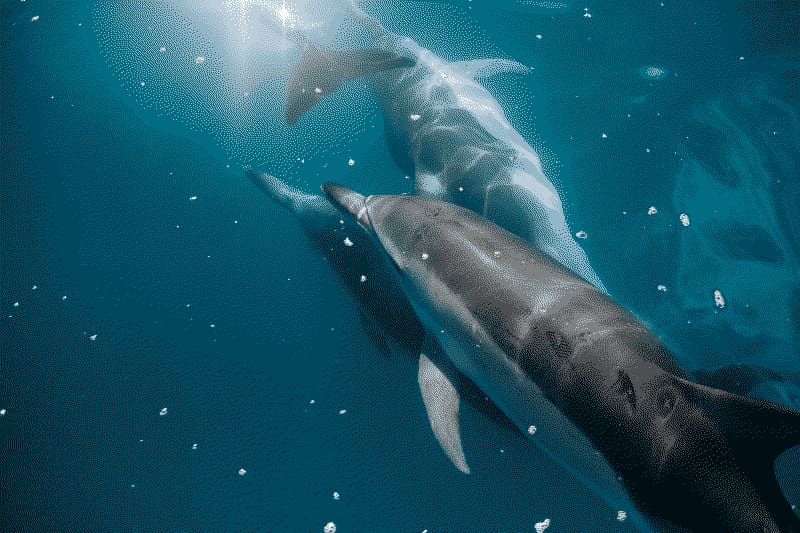
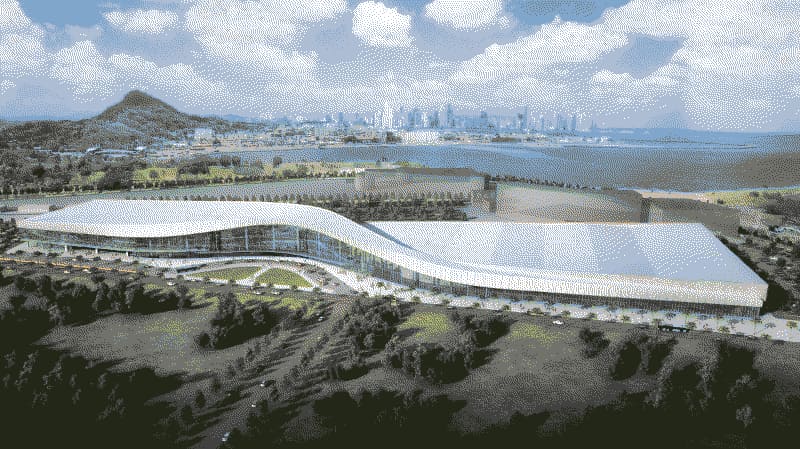
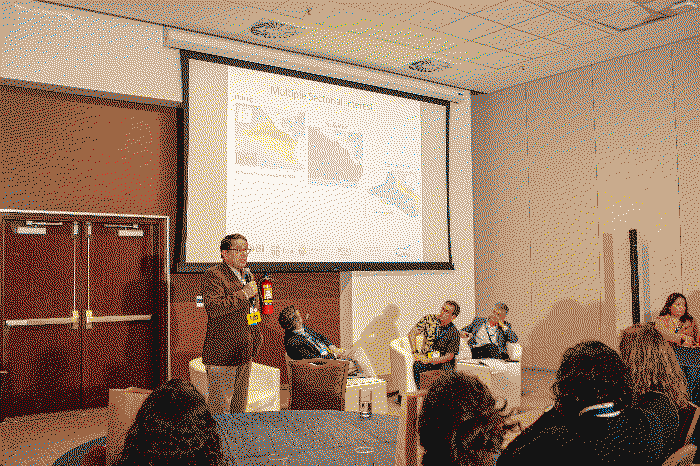
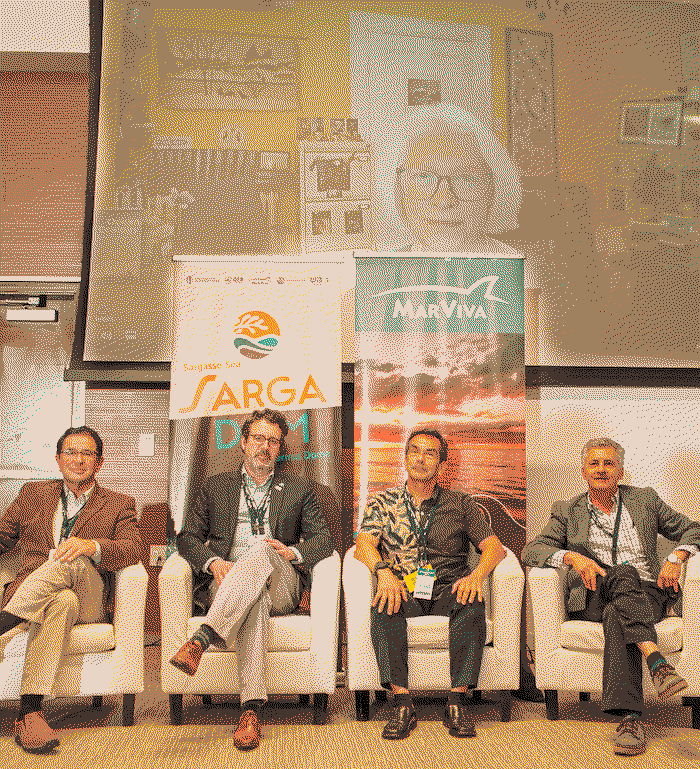
- March 2-3, 2023
- Panama
"MarViva will have a stall at Our Ocean, so be sure to stop by if you are in Panama!"
Haydée Rodríguez-Romero Tweet
Cancillería y Marviva promueven la conservación de los océanos previo a la conferencia Our Ocean 2023#ourocean pic.twitter.com/f1AMbr5Rko
— Misión Permanente de Panamá (@MisionPanama) October 11, 2022
Context
The 8th International Conference “Our Ocean” organized by the Government of the Republic of Panama under the slogan: “Our Ocean, Our Connection”, highlighted the importance of knowledge for making decisions that ensure the protection and responsible management of marine and coastal resources, as well as sustainable economic growth. Governments, the private sector and civil society have demonstrated their interest in managing the sea in a sustainable manner, through political commitments and technical and financial cooperation aimed at concrete goals and impacts.
It is recognized that the sustainability of the ocean and the environmental services it provides will depend on reducing the impact of human activities on the sea, including through the creation of marine protected areas (MPAs), the promotion of the blue economy, and combating marine pollution. To this end, Marine Spatial Planning (MSP) as an area-based management tool (ABMT) allows the development of strategies, plans and measures with an ecosystem approach. However, despite its holistic spirit, MSP and other management tools are often developed without consideration of the connection between biological resources, oceanographic and climatic dynamics and/or human activities across national boundaries.
The Thermal Dome and the Sargasso Sea are two sites representative of the diversity and importance of deep-sea ecosystems. They illustrate perfectly that ecological boundaries (such as the interconnectivity of ecosystems) do not coincide with the legal delimitations established by UNCLOS. They are dynamic systems, which move, contract and expand with currents and winds. They are mainly found outside national jurisdiction, in the high seas, but depending on various conditions, at certain times, they occupy the Exclusive Economic Zones (EEZ) under the jurisdiction of coastal States.
The SARGADOM project seeks to improve the conservation and sustainable management of biodiversity to protect the ecosystem services of these two sensitive areas of the high seas, and to facilitate the design of hybrid models of ocean governance, highlighting the oceanographic dynamics and regional ecosystem connectivity that generate ecological and socioeconomic linkages between areas within and outside jurisdictional waters.
Overall objective
Specific objectives
- Analyze the challenges and new trends related to integrated EMP.
- Analyze lessons learned from EMP as a tool for governance and the elements necessary to ensure equitable and efficient results in the region, considering the high seas.
- Propose ideas to advance EMP and ABMT processes recognizing the linkages between exclusive economic zones and the high seas.
- Present the Thermal Dome as a site of importance to implement EMP and other ABMT actions for biodiversity conservation in the Eastern Tropical Pacific and promote its governance.
- Analyze the challenges and opportunities of offshore governance, within the framework of the global negotiation at the United Nations, towards an international treaty for biodiversity conservation beyond national jurisdictions.
Panelists
- Mr. Julian Barbiere, Chief of the Marine Policy Section and Global Coordinator of the UN Ocean Decade.
Topic: Challenges of the implementation of the EMP in marine-coastal management.
- Dr. Ana K. Spalding, Smithsonian Tropical Research Institute, Panama.
Topic: Enabling conditions for successful implementation of EMP in the Eastern Tropical Pacific.
- Dr. Jorge Jiménez Ramón, General Director, MarViva Foundation.
Topic: Evolving PEM and marine governance from the national to the high seas, the case of the Thermal Dome. - Dr. Kristina Gjerde, Senior Advisor, IUCN Global Marine and Polar Programme.
Topic: A look into the future of our ocean and the implementation of management tools for the protection of biodiversity in the high seas (BBNJ Treaty) with emphasis on the Thermal Dome.



